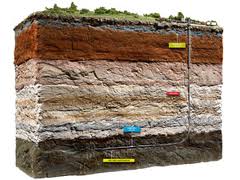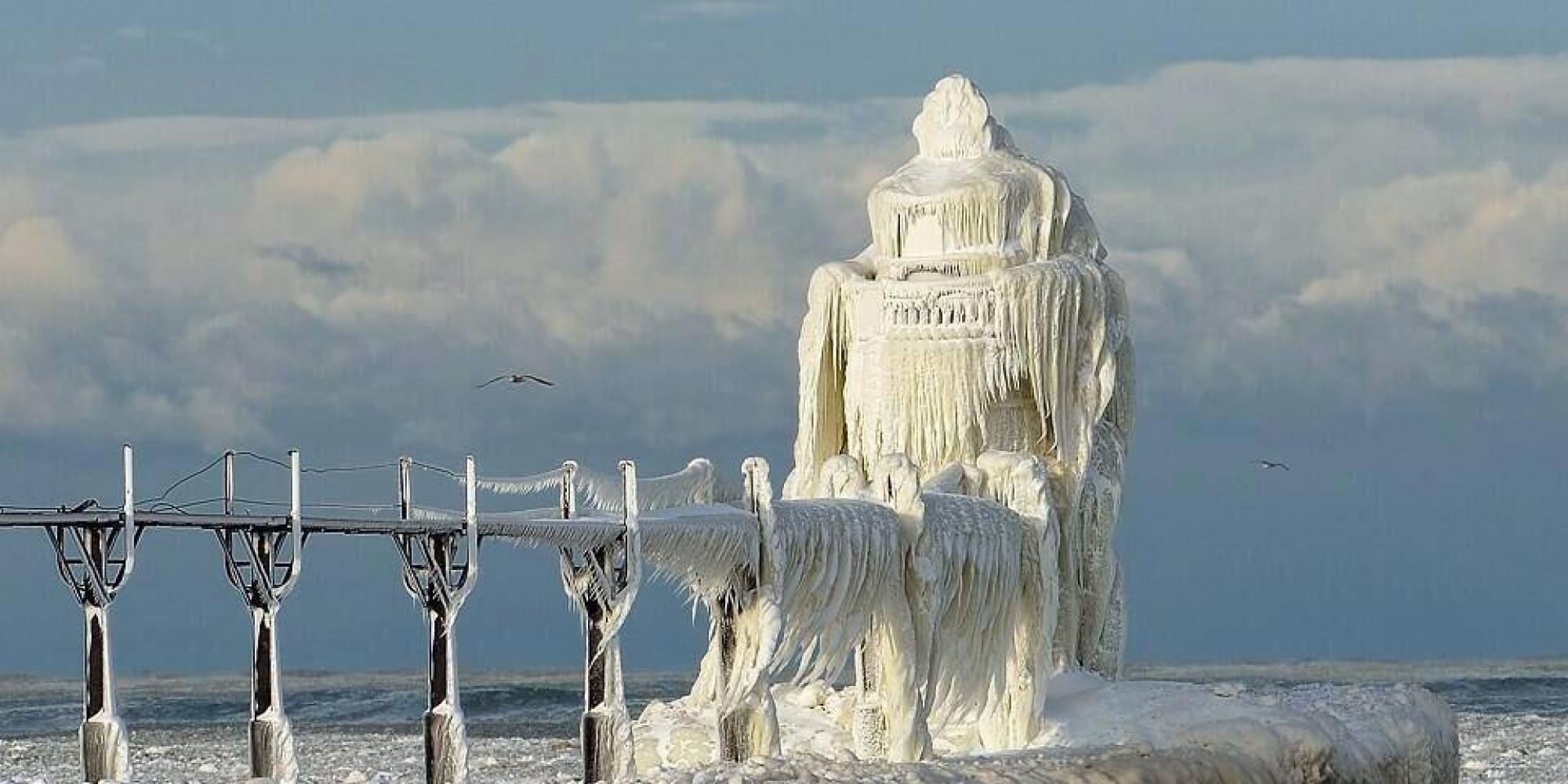 According to many reports, the U.S. has passed Saudi Arabia as the largest petroleum producer in the world. Reuters recently quoted the PIRA Energy Group’s report that stated that the U.S. has passed Saudi Arabia to become the world’s largest oil and gas producer.To make matters even more bizarre, the U.S. is no longer the largest importer of crude oil. That title now belongs to China.
According to many reports, the U.S. has passed Saudi Arabia as the largest petroleum producer in the world. Reuters recently quoted the PIRA Energy Group’s report that stated that the U.S. has passed Saudi Arabia to become the world’s largest oil and gas producer.To make matters even more bizarre, the U.S. is no longer the largest importer of crude oil. That title now belongs to China.
This has been made possible because of the growth in shale oil and gas production. According to PIRA’s October 15, 2013 Press Release, over one-third of U.S crude oil production and almost 1/2 of U.S. natural gas production is from shale. In the last four years, U.S production has increased over 3.2 million barrels per day. PIRA went on to say that this rapid growth is unparalleled in the history of the world, has covered most of the world’s growth in demand for the last two years and that the U.S’s position as the world’s largest petroleum producer should be secure for many years.
The Wall Street Journal said that this growth in U.S. production has affected U.S. imports of natural gas and crude oil. They have fallen 32% and 15%, respectively, in the past five years, narrowing the U.S. trade deficit.
On the surface this all sounds good. However, like many issues in the energy sector, things are not that simple and are not always what they seem. While some call this type of oil and gas product “non-conventional sources”, others call it “fracking”. Public support for this type of oil and natural gas production is waning. A poll last month by the Pew Research Center for the People and the Press found that opposition to increased use of fracking rose to 49% from 38% in the previous six months.
In a new report, the Natural Resources Defense Council (NRDC) warns about the dangers of producing transportation fuel from oil shale. According to NRDC, studies conducted so far suggest that oil shale extraction would adversely affect the air, water, and land around proposed projects. The distillation process would release toxic pollutants into the air. The NRDC also states that in a well-to-wheel comparison, greenhouse gas (GHG) emissions from oil shale are close to double those from conventional crude, with most of them occurring during production.
Closer to home here in Michigan, things get even stranger. In 2012 and 2013 the state of Michigan auctioned off oil and mineral rights to state owned land in Oakland County. Oakland County is just north of Detroit and is home to over 1.2 million people (including my family) according to the 2010 census. It has 62 cities, villages and townships in its 908 square miles, 35.49 miles of which is water.
According to one newspaper, Jordan Development of Traverse City, paid the state of Michigan $33 per acre during an auction in May of 2012 for 18,347 acres of state owned mineral rights inside Oakland County. Unfortunately, many of these acres are either in parks or under the many lakes that dot Oakland County. Jordan has sunk one well in Indian Springs Metro Park and has leases in Kensington Metro Park.
In addition, Michigan Oil and Gas regulations allows “compulsory pooling“. Under this regulation, in some circumstances, a landowner may not prevent the development of oil and gas reserves that underlie their property. Instead, they are compulsory pooled with neighboring acreage to permit drilling. Furthermore, if hydraulic fracturing, or fracking, is used, there can be significant adverse effects on local water sources. According to Michigan’s Department of Environmental Quality, Fresh water is needed to hydraulically fracture a well. The quantity of water needed varies based on the type of well being completed with hydraulic fracturing. A vertical well that is hydraulically fractured may use about 50,000 to 100,000 gallons of water while a horizontal well that is hydraulically fractured may use up to 20,000,000 gallons of water or more. Withdrawal of water for oil and gas operations is exempt from the requirements of Michigan’s water withdrawal statute (Part 327 of Act 451 Natural Resources Environmental Protection Act (NREPA))
Traverse City-based West Bay Exploration Co. operates several wells in Southeast Michigan, including the Schoolcraft Well in Livonia, one under the former Northville Psychiatric Hospital and one under Eisenhower High School in Shelby Township. A West Bay spokesman has said that they have been 90% successful drilling in Southeast Michigan, averaging at least 200,000 barrels of oil at each site. Despite environmental concerns, the region’s benefits include jobs, royalties to the cities, state and landowners and locally produced oil and natural gas. According to one article in Crain’s West Bay sells its crude oil yield from the region to Marathon Oil Corp. to refine at its Detroit facilities and feeds its natural gas from sites such as Livonia and Novi into the pipeline of Consumers Energy Co. for distribution to other buyers. (It should be noted that both Marathon Oil Corp. and Consumers Energy are customers of Maxi Container.)
According to some reports, Jordan Oil of Traverse City, the company that bought all of the Oakland County leases at the 2012 auction, states that they will not use the water intensive “fracking” in Oakland County. However, they are only offering landowners $100 per acre for the mineral rights and can use Compulsory pooling to force landowners to accept a 1/8 royalty, which is reduced by the cost associated with drilling. According to some commentators, it can take up to 11 years before the pooled landowner sees any profit, provided, however, that the well is still producing. In fact, the Schoolcraft well used compulsory pooling to assemble the necessary 80 acres. Fourteen homeowners and the County Road Commission had a total of 11.85 of the 80 acres pooled under Order 10-2011 of the Commissioner of Wells. The pooled owners we also assessed with a 300% penalty, in essence they were charged with 300% of the drilling cost, 200% of the completing costs and 25% of the actual equipping costs. The Supervisor of wells capped production at 200 gallons per day and the costs at around $3,000,000. The pooled owners 1/8 royalty is paid after the cost and penalties are recouped. A barrel of oil is 42 gallons. If oil is $100 a barrel, 200 gallons is just under 5 barrels or around $500. If I did my math correctly (and please let me know if I didn’t) it would take over 17 years to recoup the $3,000,000 and that does not include the 300% penalty, 200% penalty or 25% penalty.
It seems to me that while the economic benefits to the economy from increased oil and gas drilling is significant, we need to take a better look at the environmental issues and the provisions forcing homeowners to allow drilling on their land without reasonable compensation. I would support having the amount of groundwater used for fracking to be part of, and not excluded from, Michigan’s Water Withdrawal Statute. I would also support a requirement that the drill operators be required to have evacuation plans,and more stringent safety protocols when drilling near schools, highways, parks, etc., especially in such densely populated areas as Southeastern Michigan. Finally, I would be in favor of the State of Michigan being required to spend part of the oil and gas royalties to further development of alternative energy sources, including solar and wind power.

![]()

